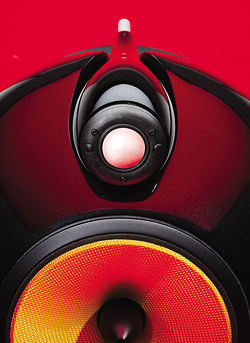HELP PLEASE WITH B&W 802D
« on: Today at 08:22:44 am »
--------------------------------------------------------------------------------
hi
i ve got at the moment
rotel 1069 processor
rotel 1095 amp
b&w 683
B&w 600 center
b&w small surrounds
2x 500 infinity subs
hdmi projector
hdmi pvr
ps3 as blue ray
i am looking at buying 802 d for my mains,then moving my 683 back as surrounds
will my rotel setup be enough to power the 802 d
will this setup work.
any advice would be appreciated please!!!
« on: Today at 08:22:44 am »
--------------------------------------------------------------------------------
hi
i ve got at the moment
rotel 1069 processor
rotel 1095 amp
b&w 683
B&w 600 center
b&w small surrounds
2x 500 infinity subs
hdmi projector
hdmi pvr
ps3 as blue ray
i am looking at buying 802 d for my mains,then moving my 683 back as surrounds
will my rotel setup be enough to power the 802 d
will this setup work.
any advice would be appreciated please!!!


 : Maybe I should order my panels now since I plan on having the room done by the 30th.
: Maybe I should order my panels now since I plan on having the room done by the 30th.



Comment